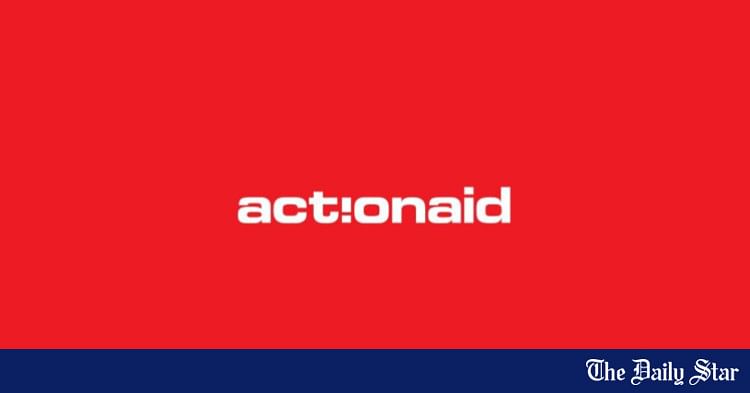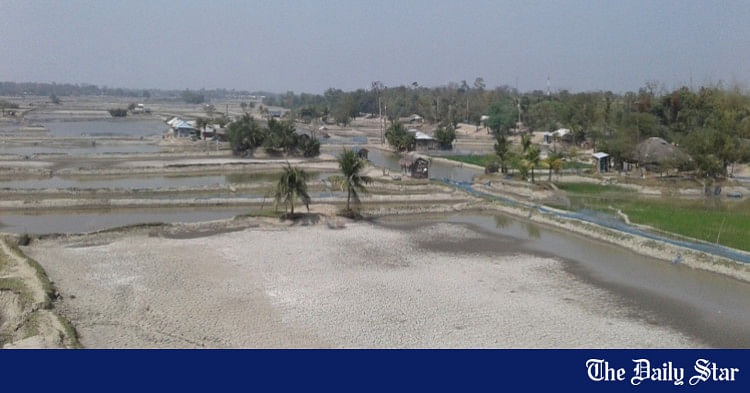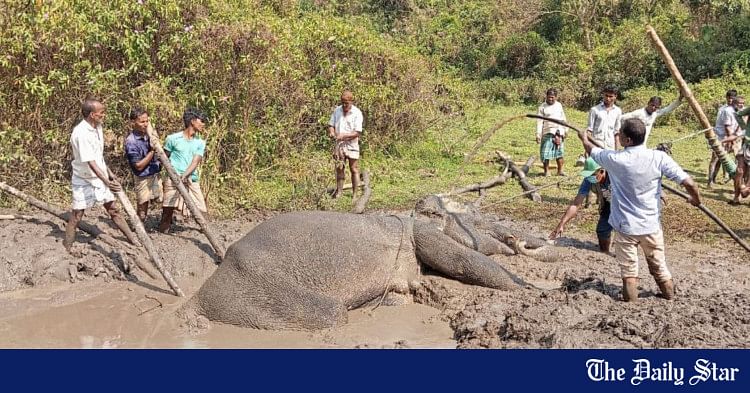- Copy to clipboard
- Thread starter
- #321
Saif
Senior Member
- Joined
- Jan 24, 2024
- Messages
- 15,397
- Reaction score
- 7,873
- Nation

- Residence

- Axis Group


BELA demands cancellation of road, car park project in Osmani Udyan
In the letter, sent on February 9, BELA urged authorities to immediately halt all activities encroaching upon open spaces in the park. It also called for consultations with urban planners to remove unauthorised structures and ensure unrestricted public access, according to a press release
BELA demands cancellation of road, car park project in Osmani Udyan

The Bangladesh Environmental Lawyers Association yesterday sent a formal letter demanding the cancellation of the proposed road construction through Osmani Udyan and the planned 20-storey car parking facility within the park.
In the letter, sent on February 9, BELA urged authorities to immediately halt all activities encroaching upon open spaces in the park. It also called for consultations with urban planners to remove unauthorised structures and ensure unrestricted public access, according to a press release.
Recent media reports revealed that the Ministry of Public Administration plans to build a connecting road from Fulbaria Phoenix Road to Abdul Gani Road through Osmani Udyan to facilitate vehicular movement towards the Secretariat. Additionally, a 20-story car parking facility is planned within the park.
Over the past seven years, Dhaka South City Corporation (DSCC) has constructed various structures inside the park under the guise of renovation, restricting public access.
According to urban planners, while legal provisions allow a maximum of 5 percent infrastructure development in parks, 23 percent of Osmani Udyan has already been occupied by structures.
Bangladesh's laws prohibit using or transferring playgrounds or open spaces for any purpose other than their intended use. The courts have also issued clear directives for preserving parks and playgrounds, including the removal of unauthorised structures.
BELA sent the letter to several top officials, including the secretaries of the ministries of housing and public works, public administration, and environment, as well as the local government division. It was also addressed to the administrator of DSCC, the chairman and chief town planner of Rajdhani Unnayan Kartripakkha, and the chief engineer of the Public Works Department.
The letter strongly opposes any decision that contradicts existing laws and court directives regarding the preservation of parks and open spaces.
The Bangladesh Environmental Lawyers Association yesterday sent a formal letter demanding the cancellation of the proposed road construction through Osmani Udyan and the planned 20-storey car parking facility within the park.
In the letter, sent on February 9, BELA urged authorities to immediately halt all activities encroaching upon open spaces in the park. It also called for consultations with urban planners to remove unauthorised structures and ensure unrestricted public access, according to a press release.
Recent media reports revealed that the Ministry of Public Administration plans to build a connecting road from Fulbaria Phoenix Road to Abdul Gani Road through Osmani Udyan to facilitate vehicular movement towards the Secretariat. Additionally, a 20-story car parking facility is planned within the park.
Over the past seven years, Dhaka South City Corporation (DSCC) has constructed various structures inside the park under the guise of renovation, restricting public access.
According to urban planners, while legal provisions allow a maximum of 5 percent infrastructure development in parks, 23 percent of Osmani Udyan has already been occupied by structures.
Bangladesh's laws prohibit using or transferring playgrounds or open spaces for any purpose other than their intended use. The courts have also issued clear directives for preserving parks and playgrounds, including the removal of unauthorised structures.
BELA sent the letter to several top officials, including the secretaries of the ministries of housing and public works, public administration, and environment, as well as the local government division. It was also addressed to the administrator of DSCC, the chairman and chief town planner of Rajdhani Unnayan Kartripakkha, and the chief engineer of the Public Works Department.
The letter strongly opposes any decision that contradicts existing laws and court directives regarding the preservation of parks and open spaces.




















